In the world of design, talent truly reigns supreme. It's the people behind the products and ideas who drive the industries impact on the market, culture, and our lives. That's why, here at ESH Gruppa, we take great pride in our talented team of designers, both full-time staff and independent specialists, who bring creativity and fresh perspectives to everything we do. Join us as we showcase our studio's in-house designers and and shed light on their experiences, challenges they face and their professional principles.
Katya Daugel-Dauge
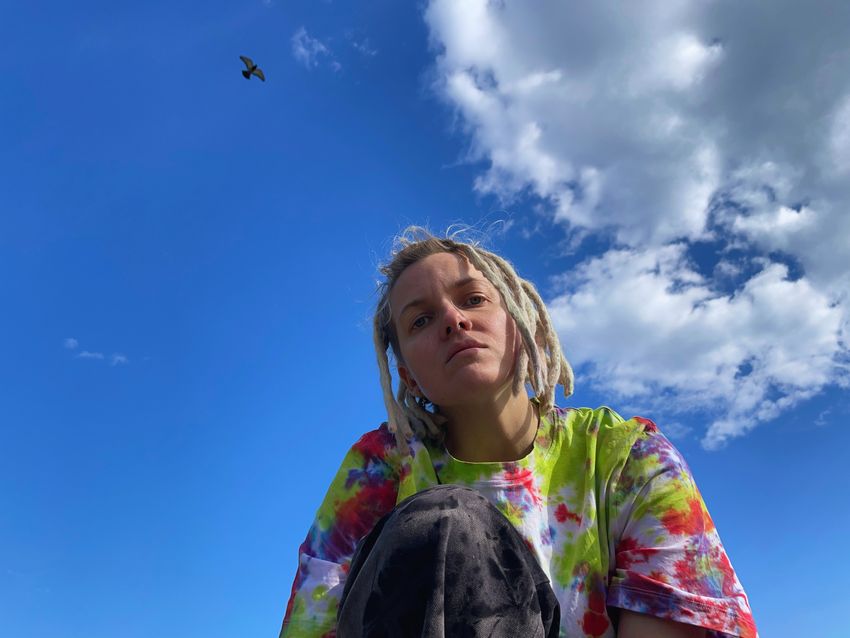
Describe your background.
I travel a lot, visiting abandoned buildings, unremarkable towns and deserted villages, some of which I document on Instagram. I also love to skateboard — even built my own ramp at my dacha during quarantine. When I have a break from these, I work. I attended Moscow Polygraphic Institute, worked at the design bureau Shuka and for Gorky Park. On occasion, I take on freelance design projects.
How did you get involved with ESH Gruppa?
I saw an advertisement on Facebook. I was hired for the "Dvorulitsa" (font and identity for an architectural bureau, ed.) project first, then on a permanent basis.
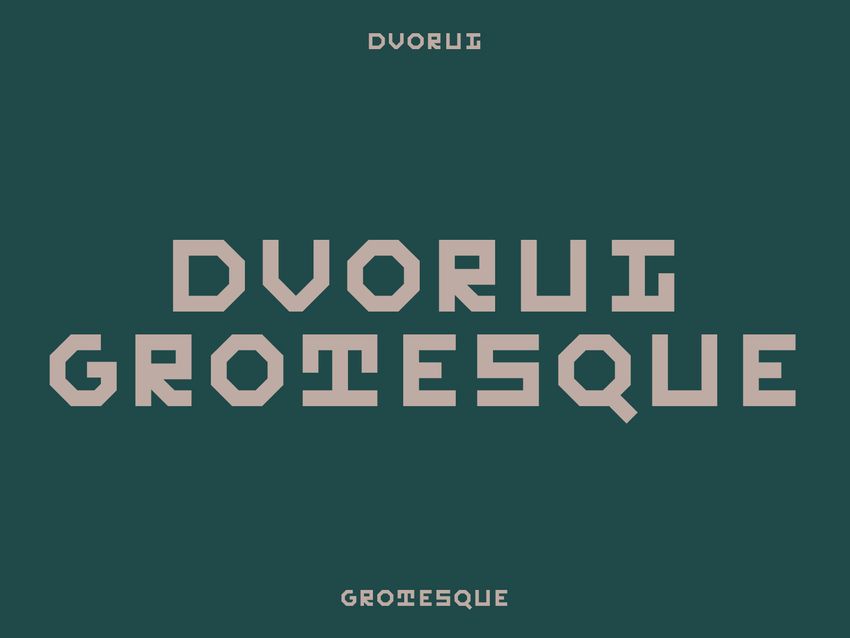
What is your job at ESH Gruppa? Which task do you enjoy the most and least?
Typefaces and typographic logos. But sometimes I do other projects. I enjoy type tasks and dislike non-type tasks.
What is your favorite project?
All are my favorites, except for the government ones. The most exciting and complex are typefaces: Bipolar Grotesque, Feerique Script, and Nima.
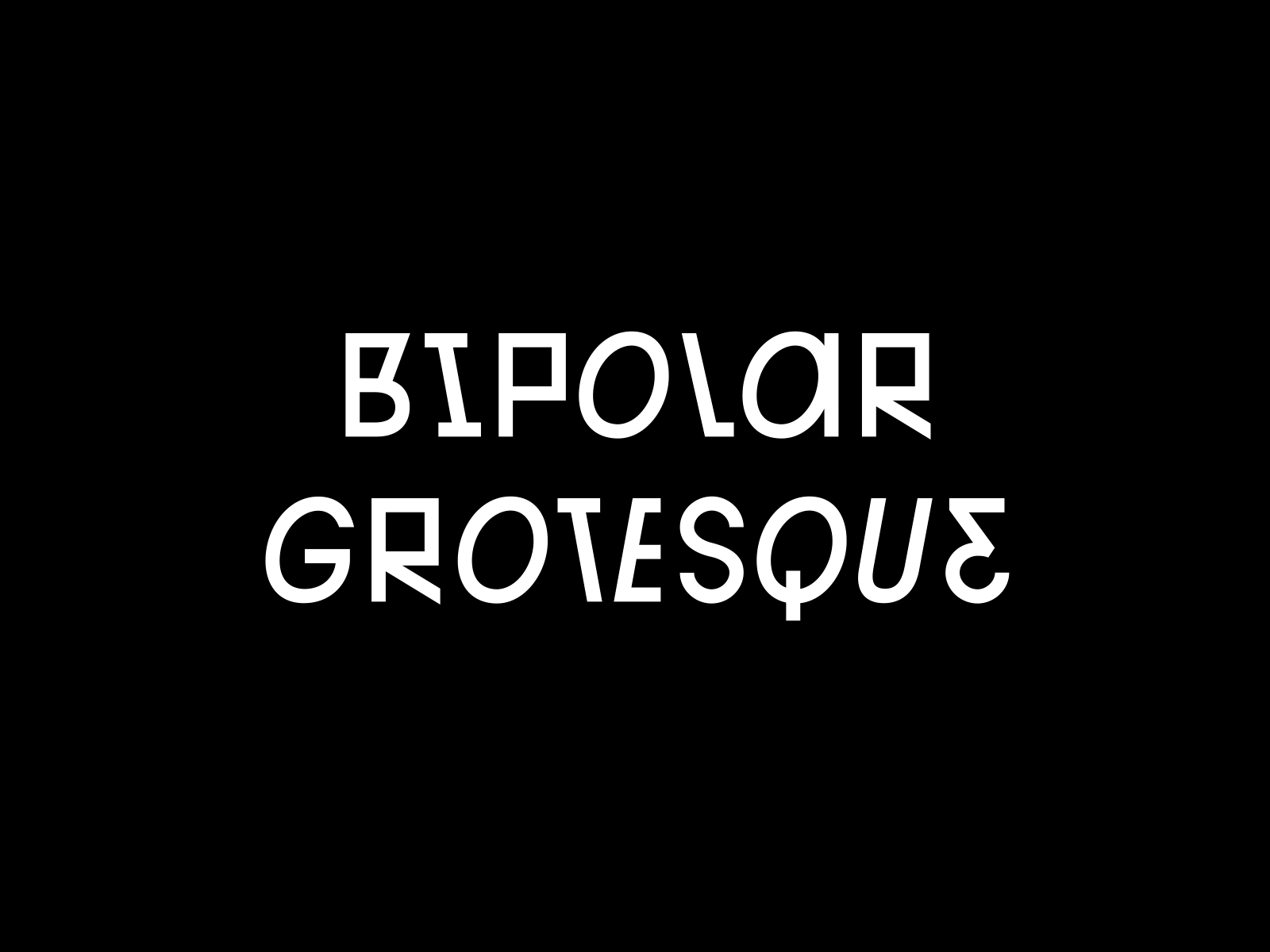
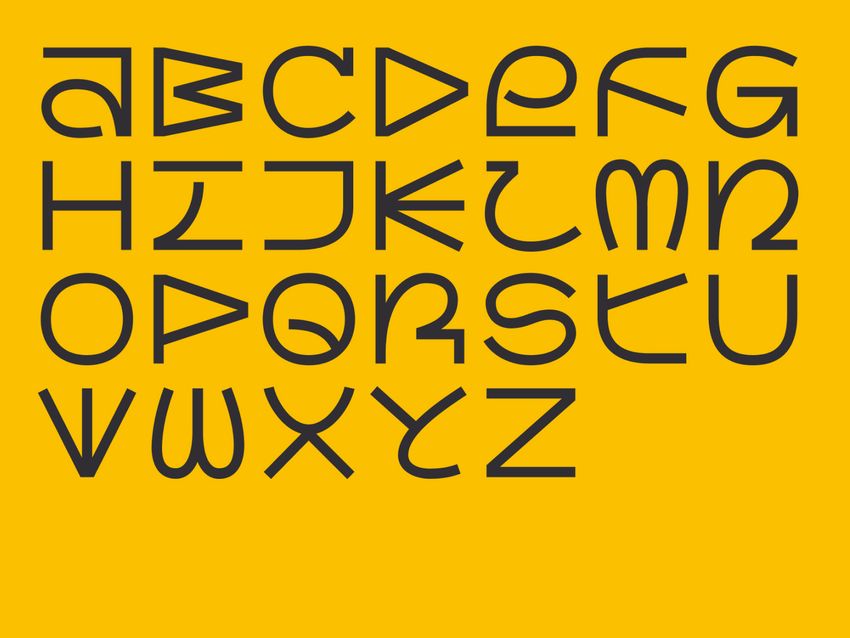
Describe your approach to work. Any tips?
My work needs to be beautiful and bold. There is a system, of course, but I no longer notice it because it has become second nature.
What are your growth points? What would you like to do better?
I'd like to be able to quickly create variable fonts And some awesome letters with complex animation.
What is your dream project?
A massive intricate variable font for a hip global brand, displayed on the walls of a big city.
Anna Kolysheva
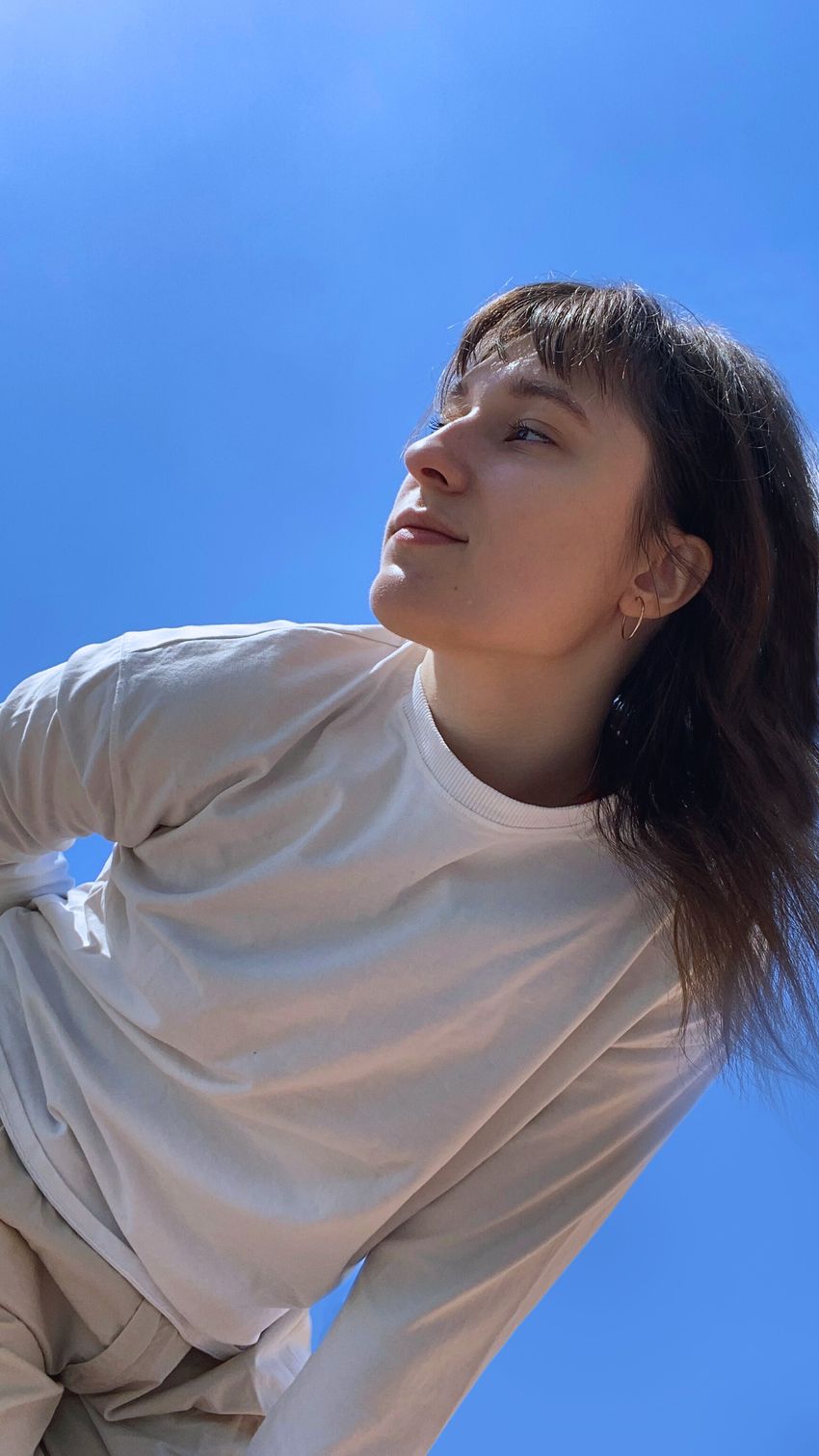
Describe your background.
I've been drawing since I was a kid. Growing up, my mom studied book design, so we always had a wealth of materials and drawing surfaces, and my dad was a subscriber to Lürzer's Archive magazine and worked in advertising agencies.
In high school, I was bent on going to Britanka (*the British Higher School of Art and Design, ed.*) and admired Melamed's graduates who exhibited at the printmarts. To join them, I approached artist Alexei Bobrusov and asked if I could make prints — he had a large etching machine, lots of linoleum, and metal plates from the Soviet era. Then I learned how to patiently cut, do print runs, and handle the prints properly — with both hands!
Still too shy to participate in printmarts, I frequented them, especially the Vkus Bumagi (Taste of Paper) market. There I first saw some very impressive rhizographs from ESH Print.
How did you get involved with ESH Gruppa?
Last November, I got a message from the ESH Gruppa's account. It turned out to be Philip (Tretyakov, creative director and partner of ESH Gruppa, ed.), who had found me on the HSE University's portfolio. They decided to get in touch with me, because they liked students of Evgeny Kashirin, who teaches communication design and typography, and posts about his work process on Telegram.
What is your job at ESH Gruppa? Which task do you enjoy the most and least?
Right now I am responsible for developing design cases, creating wearables, and illustrating articles. I like working with 3D illustration the most, as it makes simple lines very physical and gives them new meanings, despite them being quite abstract. Designing wearables may not be my favorite, but it still offers its own dose of fun and creativity.
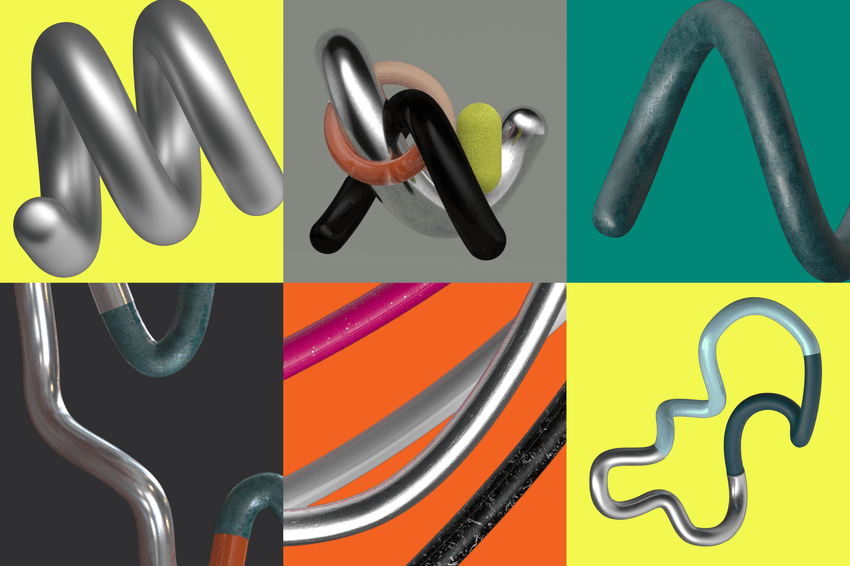
What is your favorite project?
LAVA LAVA, the identity we made for an interior manufacturer, is one! I got involved when the naming, Katya's logo, and style ideas from Philip and Polina were already in place. Together, we came up with two concepts for the identity, and the client chose mine. I had ideas for what to add, and we went from flat style to motion and 3D. The design review discussions have been especially fulfilling, because everyone offers ideas or notices things I may have missed. It's been a super collaborative project and I can't wait to see the final result.
Describe your approach to work. Any tips?
I try to observe a project from a distance and divide it into large chunks. For me, the work consists of large steps broken down into smaller ones. I suppose you could call it "progressive jpeg." This method gives me a sense of completion at each stage. I also create variations. I often feel bad about removing something, so I copy and set it aside. Then, at the end, I can look through the gallery of options and choose the best ones to create one final version.
What are your growth points? What would you like to do better?
Motion, 3D. And I want to start drawing again. Project management as well, since nothing gets done without it.
What is your dream project?
Branding for a museum of modern art, or a music festival like Flow. I love music and the arts, so it's easier for me to talk about it, get involved and give this kind of projects more of my attention.
Aleona Melnikova
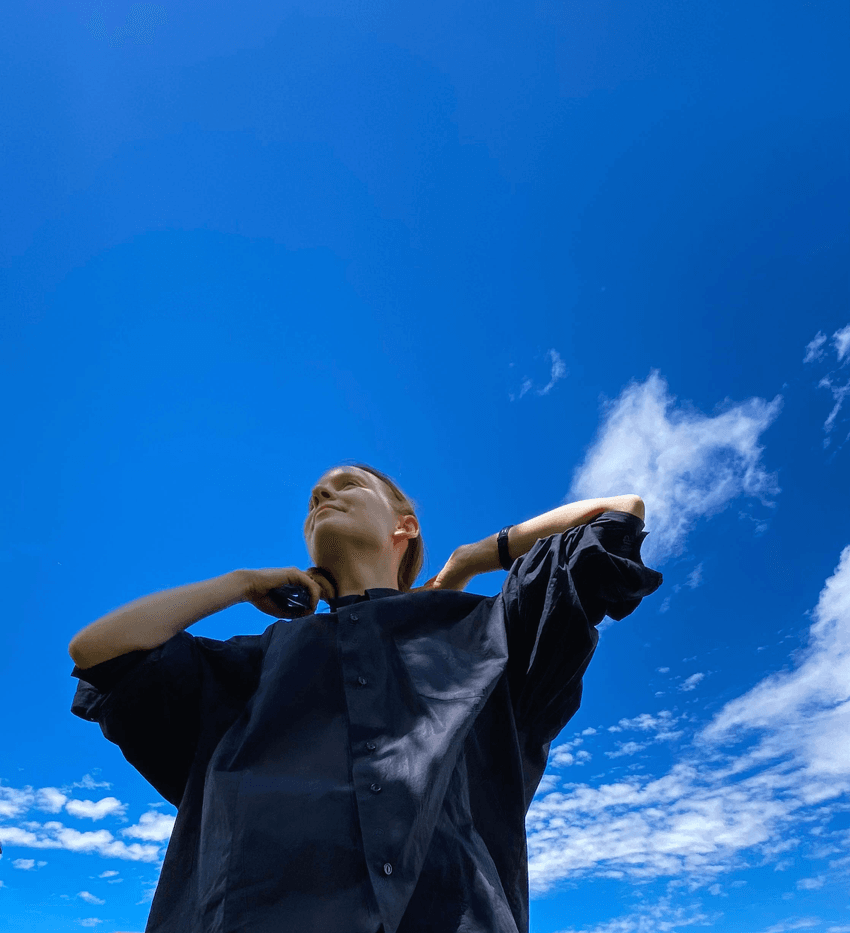
Describe your background.
I'm a designer and artist who teaches interface design. I love connecting with students through projects, growing with them. The truth is when I myself studied graphic design, I was more into playing in a rock band. I'm passionate about music, film and video art: I already made a couple of experimental pieces, and I'm working on another one this year. I recently got a bachelor's degree in journalism because I wanted to try out a different design method and shift my focus from objects to narrative.
My career began in a large IT company in the Akademgorodok forests of Novosibirsk. There I designed a million wacky applications: it was back in the days when everyone could come up with an app, and we had to build those, including some crazy ones. It was great. Then I got into the social component of product design, UX practices, which I still regard as a cornerstone of the industry.
How did you get involved with ESH Gruppa?
Violetta (Postnova, creative director and partner at ESH Gruppa, ed.) wrote to me in 2019 and offered to make a prototype website together. We did it, we liked it. After a while, I started working with the guys regularly.
What is your job at ESH Gruppa? Which task do you enjoy the most and least?
Everything web-related: research, prototyping, planning the layout, design testing. My responsibilities have been growing recently. I also take on portfolio cases. Most of all, I love coming up with visual systems for websites, especially when they're based on cool identities created by my stellar colleagues.
What is your favorite project?
At ESH? Probably a website for Stameska. It has some weird stuff in it while also being a very straightforward portfolio website. Managed to love this project to the end, no matter what. I love the Nesomnoy project for the chance to work with a sophisticated interactive web system based on real-life stories. Several of my favorite projects have never been released. For example, websites for FORM and Feerique.
Describe your approach to work. Any tips?
First off, I look at projects from the interaction design perspective. Digital products are moving systems that people interact with, not static layouts. Another big one is aesthetics. Although this value may seem trivial and biased, in practice I constantly bring together product and users’ goals and my idea of beauty. There’s definitely a joke somewhere in there: product goals, user goals and aesthetics come into a bar... you have to come up with the rest.
What are your growth points? What would you like to do better?
I want to expand my responsibilities and improve my people skills so that I can interact with the team and clients more effectively.
What is your dream project?
A collaboration with like-minded people who are also filthy rich. Anyway... I would very much like to work on a webdoc again, or explore other creative interactive formats. Or go back to my roots and design another wacky app.
Polina Syrvatka
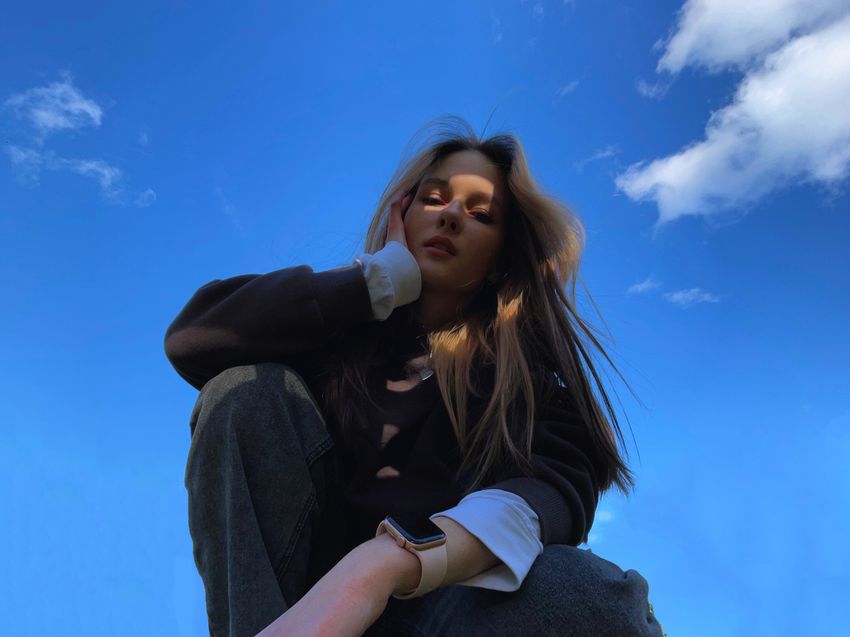
Describe your background.
I received my bachelor's degree from the HSE University's School of Design. I always worked part-time and took freelance jobs, big and small. In my second year, I even worked in a design studio (for 10 days, haha). And here I am for the last two years. I love overthinking, singing, and dancing. And stupid memes!
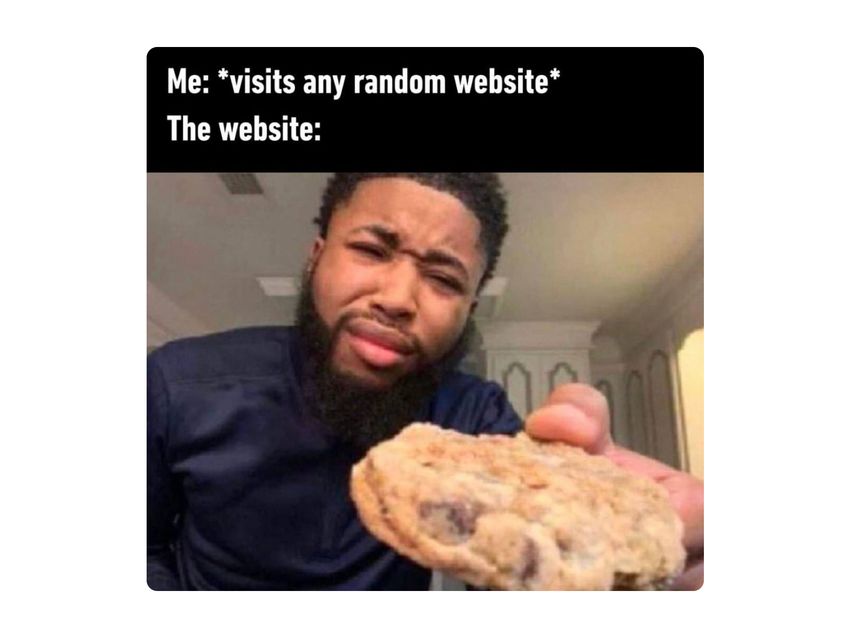
How did you get involved with ESH Gruppa?
In the final year of my studies, by happy accident, Valera (Valery Kozhanov, creative director and partner at ESH Gruppa, ed.) was assigned to supervise my group. The fourth-year program required an internship, and we agreed that I would complete it at ESH. It was a match, and I stayed.
What is your job at ESH Gruppa? Which task do you enjoy the most and least?
I collaborate with designers and creative directors on brand identities, from brainstorming to handing over the files. I'm usually most content at the start and end of a project.
As I first immerse myself in the subject, I am energized by the feeling of discovery. It's like exploring a foreign country: you get one-of-a-kind experiences, learn new things, then form first concepts.
The next stage is the most difficult: ideas must be sketched out and put into a system. This involves a great deal of uncertainty and decision-making. I also worry about the client's reaction, so this moment is the most tense for me.
Everything settles down, as we near the end of the project. We polish off the details, give the client their brand book, and watch the identity come to life. All that is left now is to enjoy seeing another successful project added to our portfolio.
What is your favorite project?
Sneakerhead, my first project at ESH Gruppa, had a big impact on my confidence. It got a great response from the community, won awards (even a few European ones), and showed me that I can generate cool ideas. I can't pick a favorite though, because they all influenced me in some way.
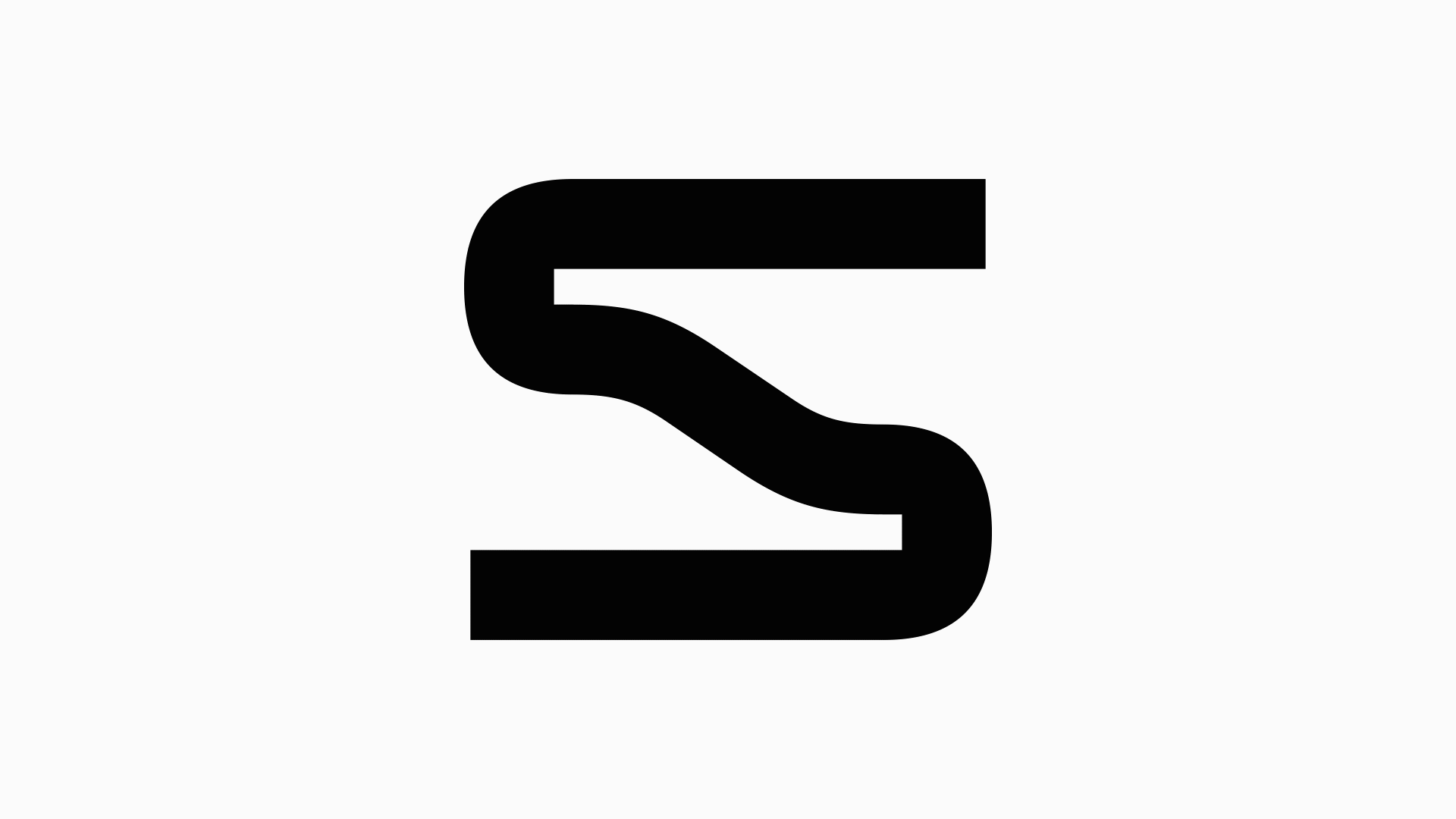
Describe your approach to work. Any tips?
I have an idea-generating formula that works for me. First, absorb as much data as you can, then find a simple activity that lets your mind wonder: take a walk in the woods, shower, or do the dishes. Once your brain resembles a lava lamp, and your thoughts begin to flow freely, gently steer them towards the project and fish out ideas. This sweet spot of "relaxed concentration" is where all of your inputs can transform into something new. It's how I came up with the idea for two sneakers forming the S in Sneakerhead.
When it comes to work values, I proritize interest and empathy. Without interest in a project, there is no energy to do it. So something has to ignite that spark, whether it's the subject, a chance to learn new skills, or the prospect of creating a great design. And empathy is essential as well. We design for people — the client and their audience — so for a project to suceed, we must connect with them, identify and anticipate their needs, and be attentive and empathetic.
What are your growth points? What would you like to do better?
The next big one is to become more involved in client communication and decision-making. As for technical skills, mine continue to improve as I work. But 3D and motion really call out to me.
What is your dream project?
Designing anything in Japan. With an obligatory business trip!



